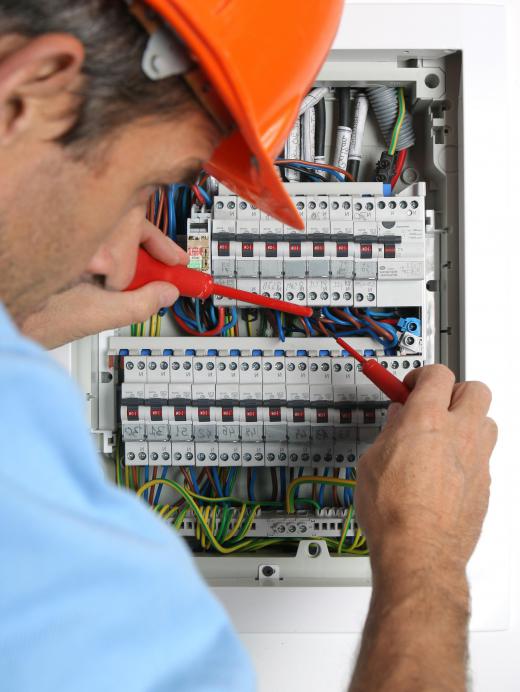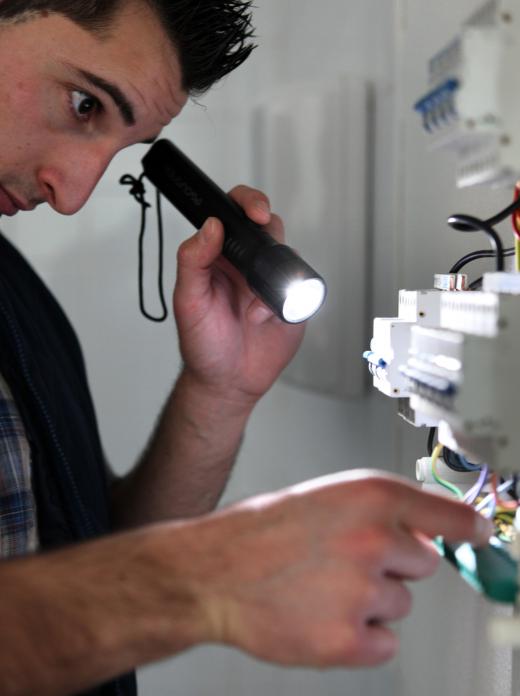A ground fault is a short circuit that occurs when a live electrical wire touches a ground wire or metal outlet box. If a wire is not protected by a circuit breaker, a fuse, or a ground fault interrupter, electrocution can occur. A ground fault interrupter (GFI) is any device that automatically breaks an electrical connection that may cause damage to a home, and more importantly, will prevent people from being electrocuted.
Ground fault interrupters are found in homes and commercial buildings where electricity and water are found near each other, namely in kitchens and bathrooms. Water is highly conductive. In order to prevent injury while cooking or cleaning while using water or water-based materials in these areas, a ground fault interrupter will cut the flow of electricity if a ground fault occurs.

Many local building codes in the United States and other countries require ground fault interrupters be installed in kitchens and bathrooms. When using a ground fault interrupter, only the outlet on which it is installed is protected. Ground fault circuit interrupters (GFCI) have almost replaced the ground fault interrupter, because a GFCI protects its own outlet and up to four other outlets that are in the same circuit. If a ground fault occurs in an outlet that is protected by a ground fault circuit interrupter, the GFCI outlet will trip, open the electrical connection, and stop the flow of electricity before anyone is hurt or anything is damaged.

A ground fault interrupter outlet, also called a GFI receptacle, is often much more expensive than a regular electrical outlet. They are worth the expense in most cases, however. GFI outlets prevent thousands of electrical shock and burn injuries every year.
Other forms of GFI are the circuit breaker type, found in the circuit breaker panel box, and the portable type. The circuit breaker type trips when a ground fault occurs and when a short circuit or overload occurs. This type of GFI protects every outlet and appliance that is connected to that circuit. Portable GFIs are self-contained units that can be plugged into any outlet to protect that outlet and everything that it powers. Some extension cords are designed with portable GFIs.
The areas of the home that should have ground fault interrupters installed include all outdoor receptacles, garage receptacles, kitchen receptacles, bathroom receptacles, crawl space receptacles, and all receptacles in unfinished basements. Home owners who do not have ground fault interrupters protecting these areas of the home are encouraged to upgrade their equipment to meet building codes as soon as possible. A licensed electrician can upgrade the electrical equipment in a house to ensure that the ground fault interrupters are installed correctly. Homeowners who wish to install GFIs themselves should be sure they understand how to perform the work correctly before attempting the installation.
